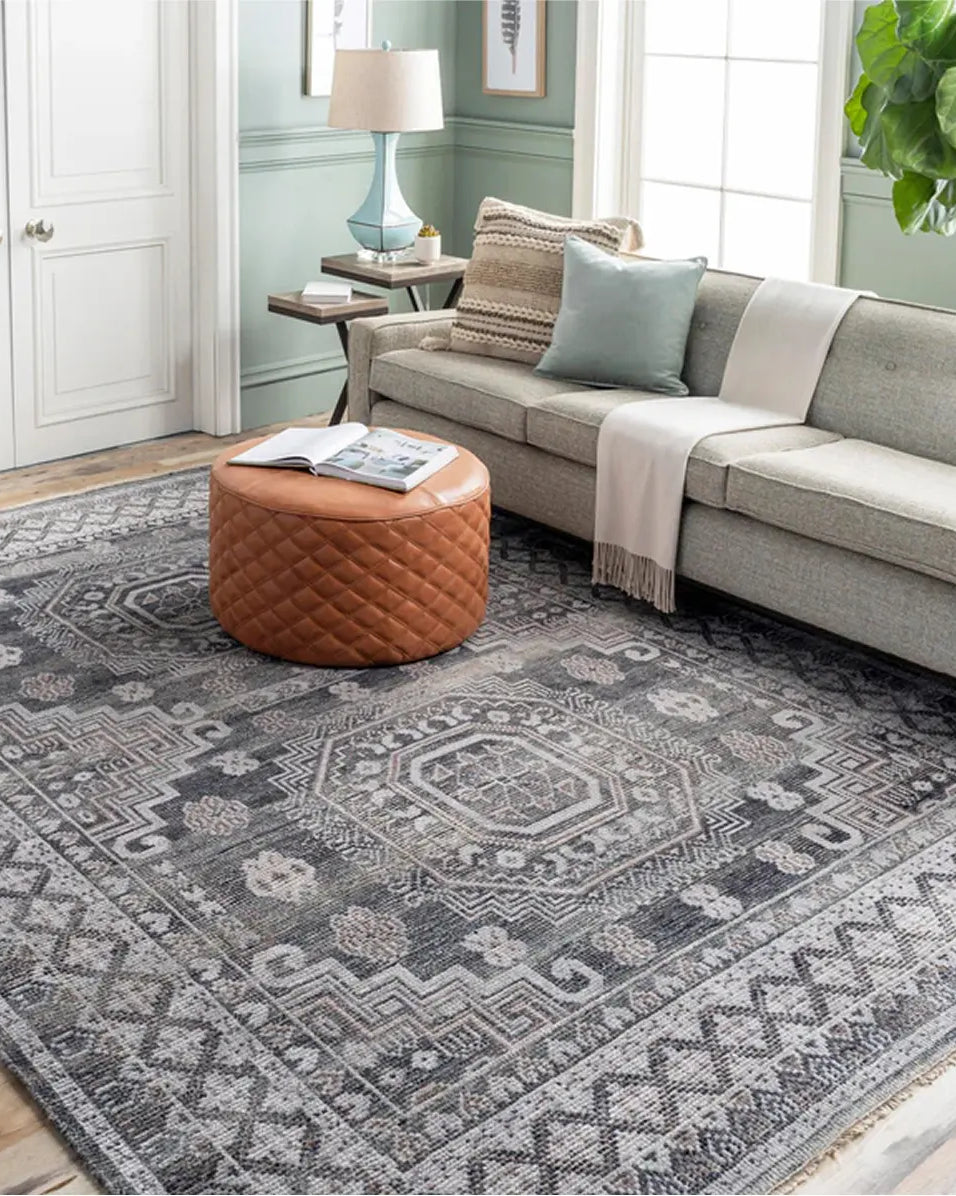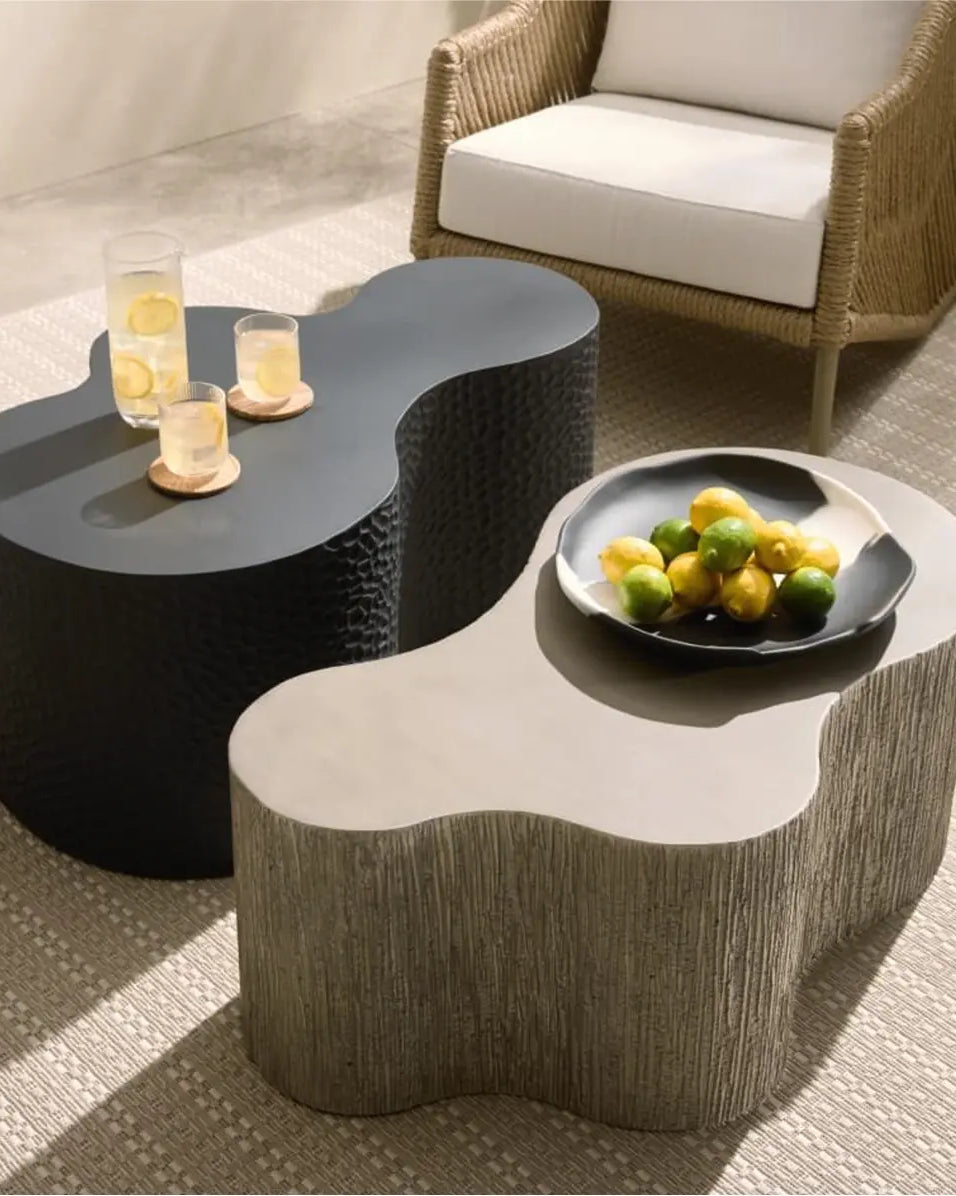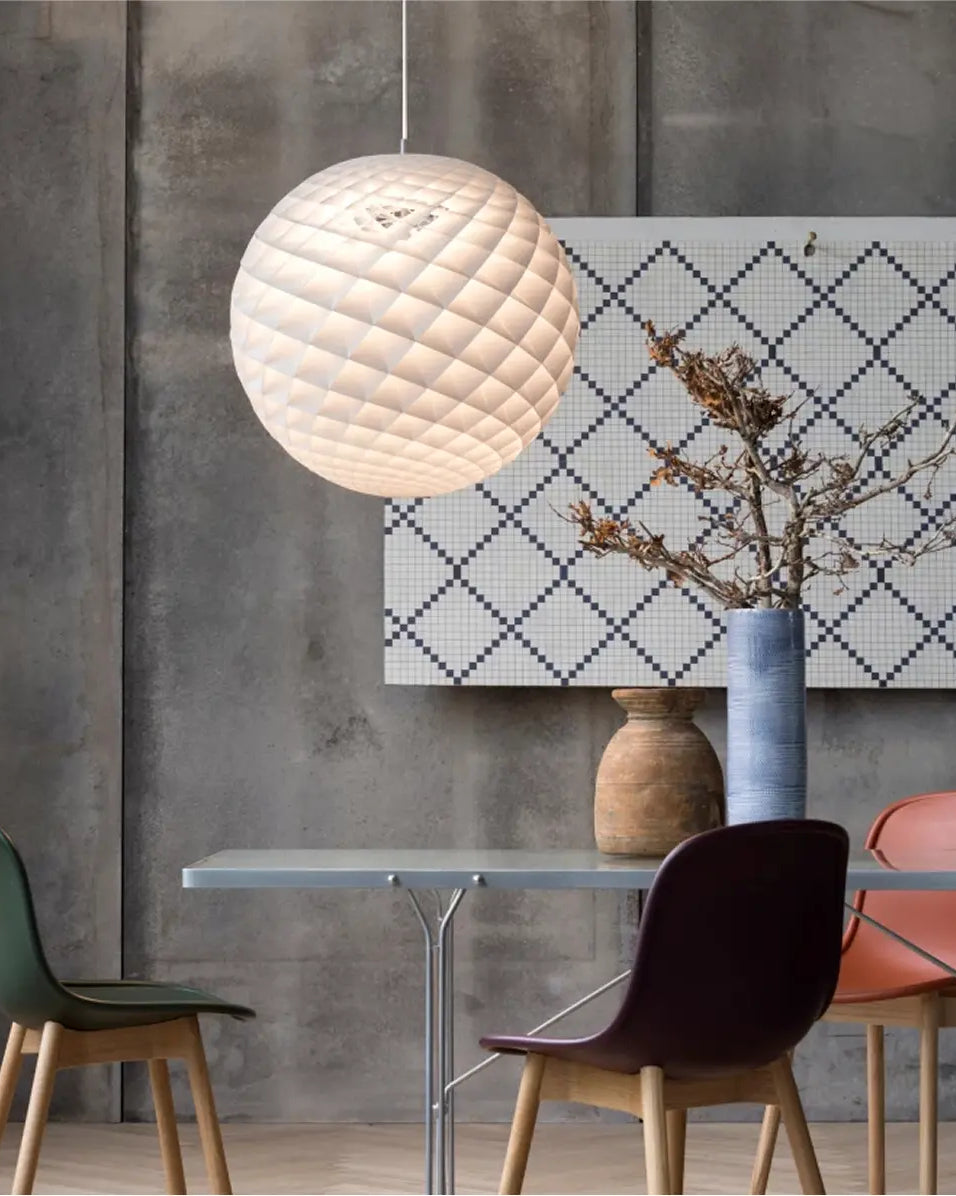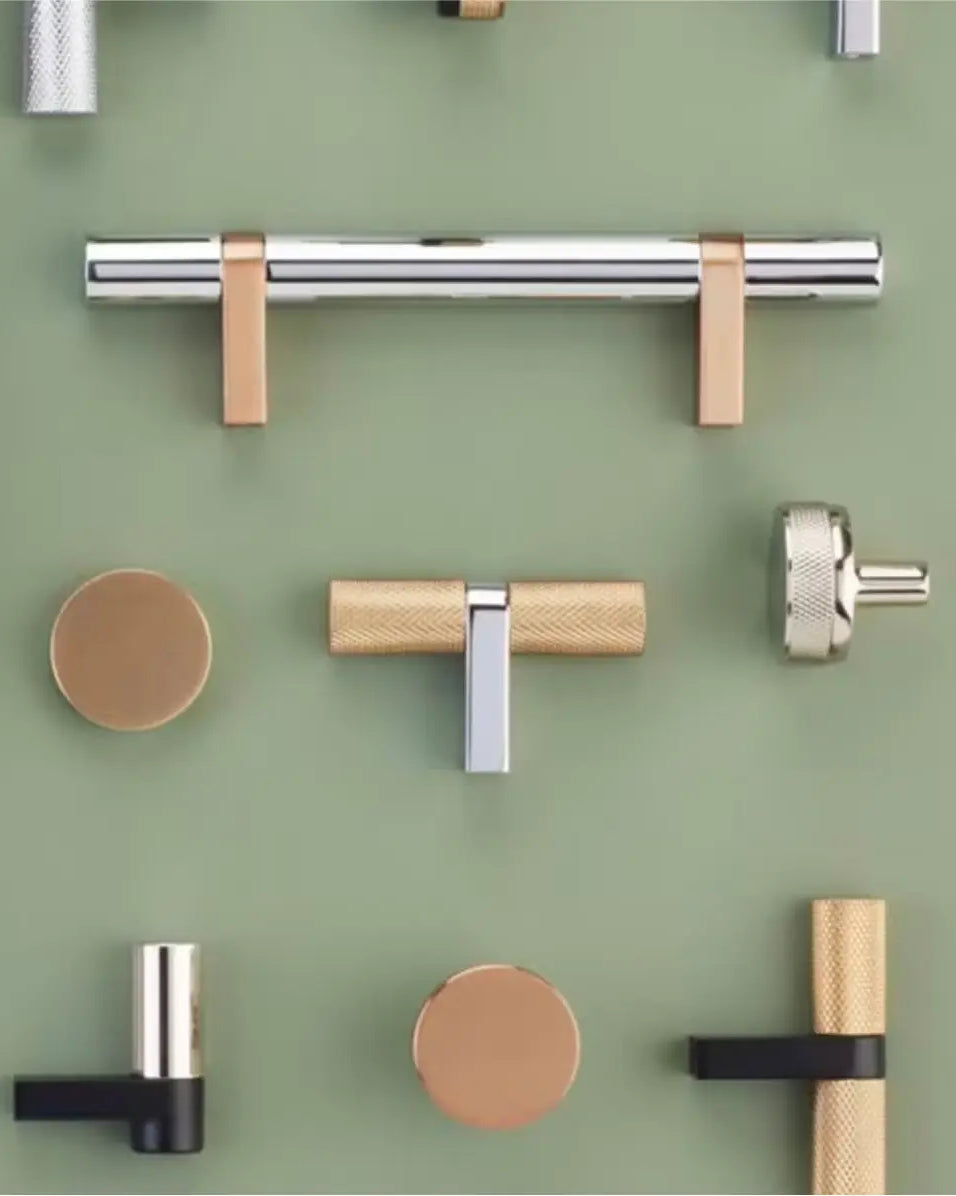When you invest in a beautiful area rug for your living space, it’s important to remember that a carpet looks and functions at its best with a quality rug pad underneath. A rug pad is a layer of sticky material that prevents your area rug from moving out of place. Rug pads are most often made from materials like rubber, PVC, nylon, felt, or silicone. Rug pads typically include a layer of foam that acts as a cushion between your rug and the floor.
If you have any areas rugs or runner rugs in your home that don’t have a rug pad underneath, you may have noticed annoying issues like the rug frequently moving out of place, premature wear, or fraying or holes appearing around the edges. Placing a rug pad under your area rug gives it a strong foundation offers numerous other benefits. With the variety of rugs pads on the market, it can be difficult to choose the right one for your needs and in the correct shape and size. At The Rug District, we have outlined the benefits of using a rug pad and what to consider before you choose one.

Advantages of Using Rug Pads
At The Rug District, we understand that a beautiful new area rug is an investment—and that investment should be safeguarded with a durable, protective rug pad. There are several advantages to using a rug pad under your area rug or runner rug.
-
Extend the Life of Your Rug
As the area rugs in your home are walked on each day, the tiny fibers of the rug become compressed, and the pile becomes less plush—particularly in high-traffic areas. A rug pad adds a soft, thick buffer between the rug and floor, which preserves the rug’s pile and helps it spring back easily.
-
Prevent Trips, Slips, and Falls
An area rug without a rug pad underneath can tend to curl at the corners or wrinkle around the edges—causing safety hazards that could result in tripping accidents. Since a rug pad grips the area rug, it keeps it in place and prevents warping or curling. A quality non-slip rug pad is an ideal way to protect your family from preventable trips and falls.
-
Protect Your Floors From Scratches and Scuffs
Rug pads often have a mesh or net-like design that allows dust and dirt to fall between the holes. This barrier helps protect the floors underneath from scratches and abrasions. The soft, cushioned buffer also adds additional spring—this helps prevent larger bits of stone and sand from digging into the floor and causing damage.
-
Provide Comfort and Quiet Underfoot
Rugs pads are an ideal way to dampen the sound of footsteps throughout your house—particularly in high-traffic areas. Rug pads are useful for homes with multiple floors because they help reduce the sound of footsteps overhead. Hardwood or tile floors are beautiful, but they are uncomfortable to walk on day-to-day. A well-chosen area rug with the soft and pliable material of a rug pad (such as memory foam) underneath creates a layer of comfort underfoot.
-
Simplify Cleaning
An area rug pad can help simplify cleaning because it helps keep the rug in place while vacuuming. Rug pads also help increase airflow between the rug and the floor—this helps moist areas dry appropriately and reduces the likelihood of mold, mildew, and odors developing.
How to Choose a Rug Pad
Choosing a rug pad is as simple as determining the dimensions of your area rug and the level of cushion you want to have. Rug pads are made up of soft, pliable materials and often include a layer of foam. Before you decide on which rug pads to purchase, consider your lifestyle and how much foot traffic that area of your home receives. At The Rug District, we recommend that you consider the following when selecting the perfect area rug pad for your space
-
Measure Your Area Rug
The first thing you need to do before selecting your non-slip area rug pad is to measure the area rug it will be placed under. To ensure a perfect fit, we recommend that you measure an inch or two smaller than the actual perimeter of the rug. This allows the rug’s edges to be gripped by the rug pad. For example, for an area rug with dimensions of 8 feet by 10 feet, you would select a rug pad that is 7 feet 10 inches by 9 feet ten inches—this will ensure that the rug pad doesn’t peek out from under the rug. If your area rug has unusual dimensions, you can purchase a slightly larger rug pad and trim off any excess with a pair of sharp scissors.
-
Decide on the Type of Rug Pad
The most practical rug pads are made from natural materials such as felt and natural rubber. Felt pads are a great option if you are looking to reduce unnecessary noise, while natural rubber rug pads are perfect for high-traffic zones because they help keep your area rug in place. Synthetic materials are also a common option because they tend to be more affordable. We recommend that you use caution when selecting a synthetic rug pad because they may react to certain types of flooring like hardwood or vinyl—they are better suited for ceramic tile floors.
To extend the life of your area rugs and keep them looking beautiful, a rug pad is an ideal solution. At The Rug District, we offer a wide range of non-slip area rugs pads to help prolong the life of your rug and prevent tripping hazards. Choose from a variety of high-quality rug pads in numerous shapes, sizes, and materials. When choosing a unique area rug for your space, remember that an area rug pad is an ideal foundation for that beautiful piece of your home décor.













